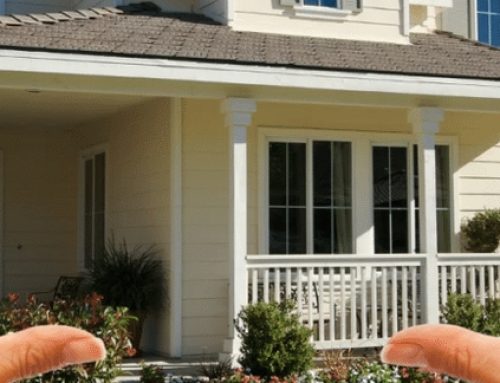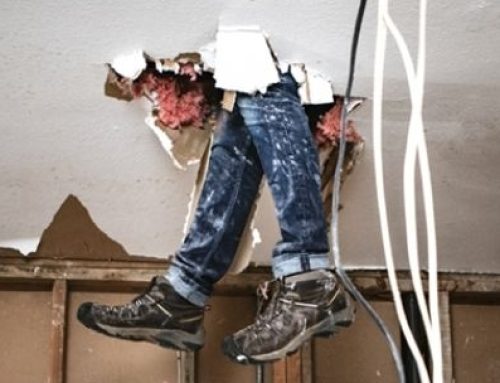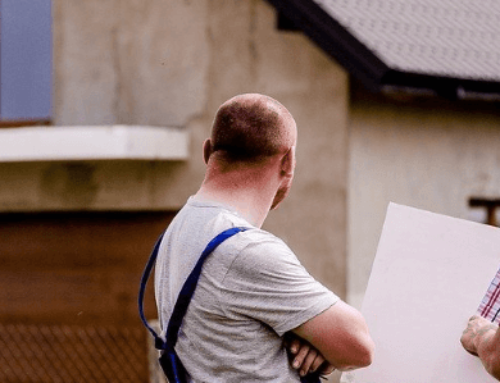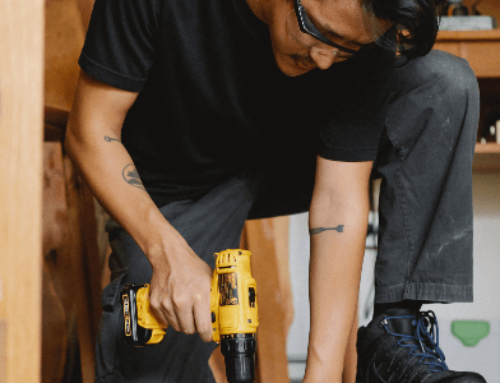The rise of environmentally conscious living in Australia has boomed over the last decade.
With the ever looming focus on climate change, the desperate state of ecological destruction, and the overarching need for more love to be directed back to the earth at large, there are few areas of our lives completely untouched by the idea of sustainability — and housing design is no exception.
In fact, the idea of sustainable housing is becoming more and more popular each year, with an increasing number of Australians wanting to play their part in reducing their environmental footprint wherever they go. And where do we go more often than our own homes?
Sustainability trends come and go and many have definitely evolved over the years. That being said, they generally tend to consist of the same ideas, only the ideas themselves are progressively improved upon as more technological advancements and innovative developments are made. So what can we expect from 2021? Industry experts emphasise getting back to basics with the idea of “Reduce, Reuse, Recycle” being at the forefront, with the newly added focus of ethical living also playing a large part.
So, let’s take a look at where sustainability is heading within the realm of housing design as we emerge into the not so distant future of super eco-living.
Recycling doesn’t end in the kitchen
By far one of the biggest devastating impacts that the housing industry has on the environment is the harvesting of new materials needed in the construction of new homes. So it follows that the best way to counter this is to start employing the use of recycled building materials, and this is where technological advancements and human innovation have made great strides. There are an astounding array of materials that can be constructed from recycled goods in this day and age — some of which include reclaimed wood, stones, bricks and pavers, recycled steel and plastic, straw bales, and even dirt.
This isn’t something that needs to stop in the construction of a home though. The sentiment of recycling can also be employed in the field of interior design and when it comes time to pimp out your abode with eye-catching decor. There is a booming industry that is almost exclusively dedicated to eco-friendly and sustainable homewares where the use of recyclable materials will more often than not take centre stage. Furniture, art, decorative pieces, and even daily homewares can all be made out of recycled goods now. You want a chair made out of pvc pipe? You got it. Looking for a couch made out of a bathtub? Coming right up! What’s that? You’re after a dining table constructed from the wing of an old war plane? Here’s one we prepared earlier. Just for the record, I didn’t even have to make these up.
Financial incentives
Sure, as Australians we’re no stranger to giving our government a hard time every now and then. So when someone in parliament steps in and says, “Hey, we want to help you make the world a better place — here’s some money to do that. Go get ‘em, tiger”, we’re generally a bit more forgiving.
When government incentives in the form of tax credits and rebates for solar panels and clean energy first started, many saw this as a big step in the right direction. In 2021, experts in sustainable housing predict this will likely be a re-emerging trend to look out for now that we’re getting back to environmentally-focused ideals. So keep an ear out for those because sometimes they can really make a world of difference — especially to individuals who might want to do their part but don’t feel they can afford to.
Passive housing design
If you’ve never heard the term, you might be forgiven for thinking that a ‘passive home’ sounds a bit like a house that doesn’t want to get off the couch and stop playing video games but really needs to get a job and start taking control of its life…
Good imagination you have there, but no. Passive housing is an eco-friendly design trend that’s employed to help dramatically cut down on its occupants energy usage. The idea being that the home is built specifically to harness and contain natural energy — the sun’s rays — so that energy consumption is lowered to a minimum. In fact, it’s shown that passive homes consume a whopping 90% less energy than standard pre-existing homes, and up to 75% less than newly built homes with best practice construction methods.
I agree, it sounds like witchcraft, but the main method used to achieve this is the purposefully placed orientation of a home. By aligning a property to catch as much of the sun as possible during the colder months and keeping it sufficiently shaded during the hotter months, mixed with a dash of hardcore insulation, means you’ve just found the recipe for a significantly reduced power bill. There’s a little more to it than that, but the fundamentals are enough to make an enormous dent in your carbon footprint, and not to mention those dreaded utility bills.
Living with less
The minimalist living movement has just about burst onto the lifestyle scene in recent years and made quite a wave at that. This trend made the kind of impression you’d expect from the sheer number of people just waiting for a reason to rid themselves of all the pointless possessions that have been weighing them down since the beginning of consumerism. And in case you’ve been living under a rock since the industrial revolution, consumerism has been one of the biggest, if not THE biggest, contributors to the exploitation and degradation of the environment since it began. So, what do you do as an individual who’s adding to this environmental decline by embracing the never-ending consumption of goods? You do the opposite. You take things away and learn to live with less.
Adopting the minimalist lifestyle means that you are intentionally living with just those possessions that you truly need — those that bring you purpose. In turn, you remove all other possessions that pose nothing more than a meaningless distraction. The idea being that by ridding yourself of excess things, you gain the ability to focus your time and attention on the things that matter most in your life. In other words, that bobble-head collection from the 90’s that’s been gathering dust? Minimalist lifestyle advocates would likely say, “Ummm… no.”
You might think that sustainable home design ends with the exterior but as design trends have merged into a new era, it’s become clear that living sustainably isn’t just a matter of plastic bricks and reclaimed wood, but rather a frame of mind as well. Through learning to simplify our lives, remove clutter, and cultivate eco-friendly values, we’ll not only find that our own lives will benefit greatly, but also those around us as well as the earth at large.
Conclusion
Sustainable housing trends have evolved a great deal of depth over time and it shows when we see that the core principles of sustainability moving from construction materials to thoughtful lifestyle changes that require a shift in some deeply held values. We still have a long way to go in making sustainable housing the norm as it needs to be addressed on a great many levels — governmentally, commercially, socially, individually, and even mentally to name a few — but I think it’s fair to say that we’ve made great strides over the past few decades and will continue to make many more in the years to come. Go team Green!







Leave A Comment